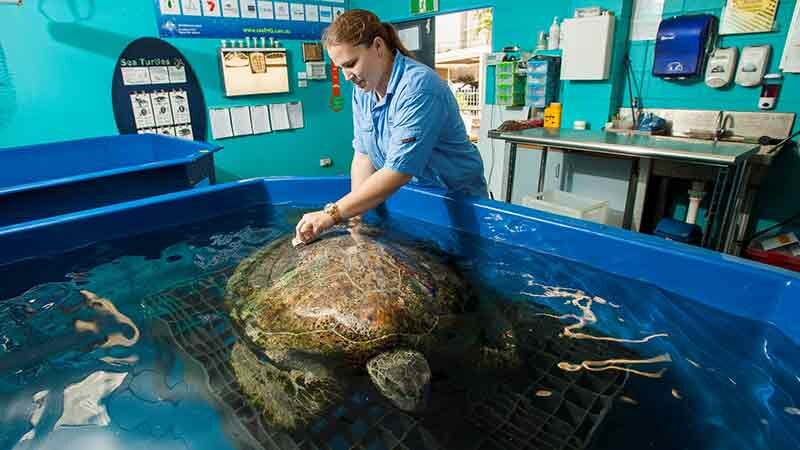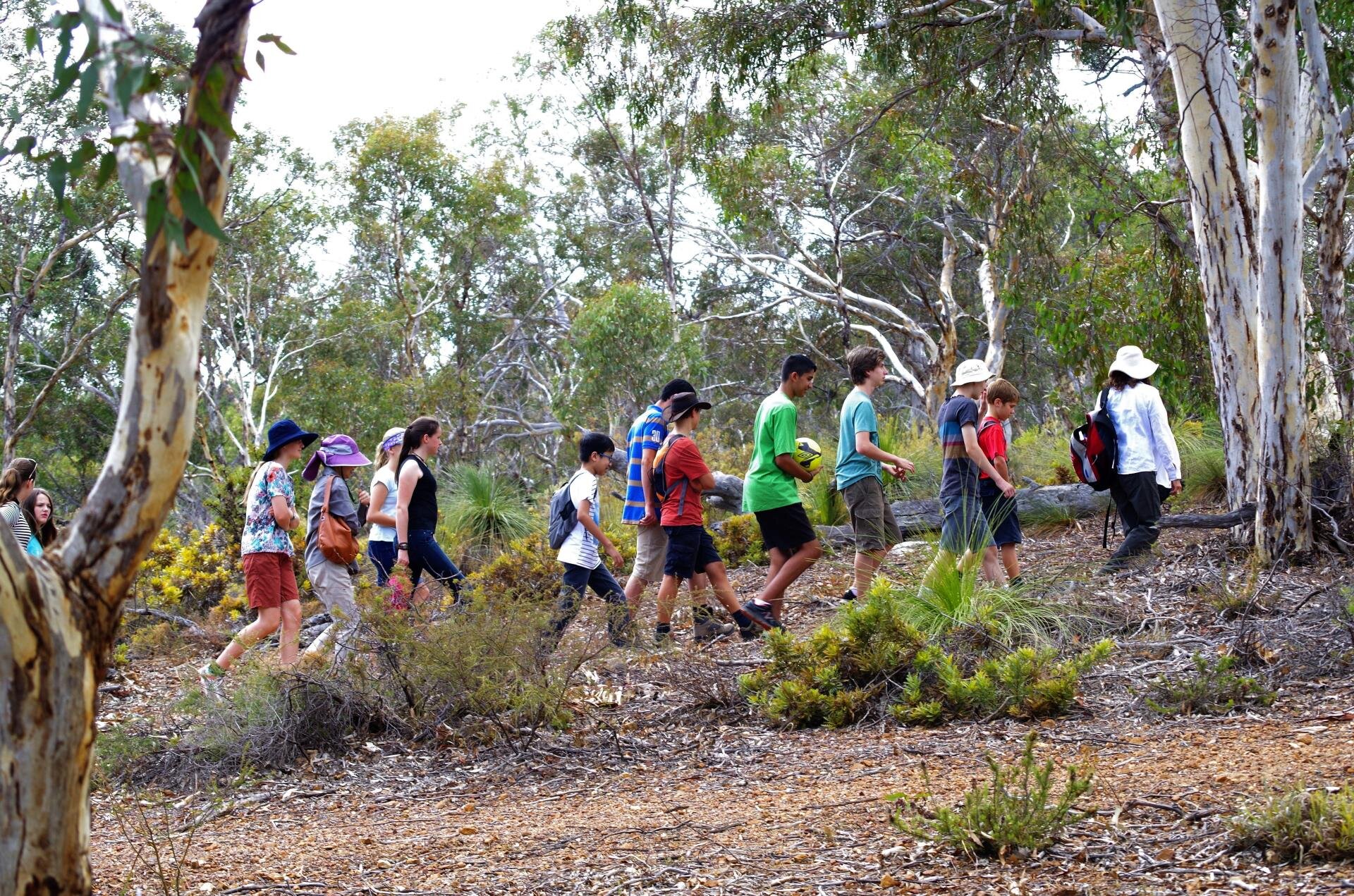CONNECTING ‘NATURE CONNECTION’ ACTIVITIES IN AUSTRALIA
A Masters research internship project conducted via UNSW Sydney
PROJECT DETAILS
Masters Student: Claire Colahan
Supervisor: Dr Rosalie Chapple
PROJECT OVERVIEW
Connecting people with nature to foster enduring environmentally-sensitive behaviour has become a recent focus of the International Union for Conservation of Nature (IUCN), through its global #NatureForAll movement that strives to connect people with nature, especially those who may not otherwise do so.
The purpose of this research project was to survey nature connection efforts in Australia, with the aims to:
Showcase the extent and range of nature connection activities in Australia
Build the nature-connection community of practice in Australia
Inspire others to participate and collaborate.
In doing so, this report provides insights into the nature connection work occurring within Australia, including for whom they are being run, their key activities and the outcomes they are seeking.
A total of 184 nature connection efforts across Australia were identified during a six-week survey period. The survey link remains open to allow further nature connection projects to continue to be recorded beyond the brief timeframe of this study.
The range of nature connection activities included:
Youth Bush Skills workshops of the Eastern Metropolitan Regional Council in WA
Connecting with Country programs of Mimal Land Management (NT) and the Nature Foundation (SA)
A native plant nursery at Berry Primary School
Little Explorers classes of the McArthur Centre for Sustainable Living in NSW
The Little Seeds Nature Playgroup of the Royal Botanic Gardens Victoria
Friends of Grassland volunteer conservation group in the ACT
A Discovery Ranger program in Tasmania
Reef HQ Turtle Hospital in Queensland
The details for each of the 184 nature connection projects is provided in the report appendices, to demonstrate the unique purpose, design and outcomes for each project, and this report presents an overall analysis to show trends across the projects.
In summary:
• 50% of projects exist at a local level through local councils (37%) and community-run groups (13%). Both state and federal environment bodies recorded multiple nature connection projects.
• 52% of projects reported that their audience includes all age groups.
• 61% of projects were cost-free, with another 3% reporting that cost was either included in school fees or free for some of their programs.
• 82% of projects were in urban or semi-rural locations. There was a dominance of projects in NSW and Victoria, reflecting both Australia’s population distribution as well as a potential bias in data collection since the initial networks for survey distribution were in these states.
• The most common categories for nature connection projects were education (28%), community-building (24%) and preschool and primary children (15%).
• Few projects were reported for the Aboriginal, health & wellbeing, and tourism sectors. Further effort is needed to identify further projects in these sectors.
• Primary objectives of the projects were predominately nature connection (40%), followed by conservation (27%) and education (21%). Considering both the primary and secondary objectives, 75% of respondents ranked nature connection as one of their two key objectives. Interestingly, projects with the primary objective of conservation or education often had nature connection as their secondary objective (and vice versa). Importantly this means these projects are aiming to achieve multiple benefits, such as nature connection, conservation and / or nature education.
• The main activities reported were tactile and experiential (to be expected in nature connection efforts), followed by outdoor nature education and bush rehabilitation. This suggests that a significant proportion of nature connection projects are achieving nature connection not only through specifically designed nature connection programs but also through outdoor nature education and bush rehabilitation efforts.
• In terms of impact, the largest category of beneficial outcomes was the ‘immediate environmental benefits’ category (28%), and this indicates that nature connection projects do not only have a ‘longer term’ environmental benefit, but many are having a beneficial impact during or soon after the project.
The depth and breadth of activity underway to connect people of all ages with nature in Australia, for the benefit and wellbeing of people and the planet, is heartening and encouraging as we face unprecedented challenges in nature conservation.
PUBLICATIONS
2019. Connecting Nature Connection Activities in Australia. Claire Colahan and Rosalie Chapple.
Full list of nature connection activities in Australia - recorded to date.
MORE INFORMATION
This survey remains open to allow further nature connection projects to continue to be recorded, so if you are involved in nature connection work, we would love to hear from you!



